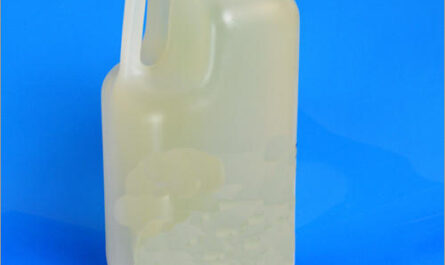The Soil Active Herbicides market is estimated to be valued at US$ 8,543.1 Mn in 2023 and is expected to exhibit a CAGR of 4.2% over the forecast period 2023 to 2030, as highlighted in a new report published by Coherent Market Insights.
Market Overview:-
Soil active herbicides are widely used in controlling weeds in agricultural fields. They are applied directly to the soil before or during sowing or transplanting of crops. The key function of soil active herbicides is to prevent weed seeds from germinating and emerging as seedlings. They are extensively used in controlling weeds in cereals, oilseeds, pulses, vegetables and other cash crops.
Market Dynamics:-
The growth of the soil active herbicides market is majorly driven by the rising demand for food crops across the globe owing to continuously increasing population. According to the data by Food and Agriculture Organization, the world population is expected to reach around 9.8 billion by 2050 from the current level of around 7.7 billion. This is expected to increase the pressure on agriculture sector to produce more food, thereby propelling the demand for soil active herbicides for effective weed management.
Another key factor driving the growth of the market includes growing adoption of no-till and minimum tillage practices among farmers worldwide. No-till and minimum tillage practices help in reducing soil erosion and improves soil health and structure over long term. Soil active herbicides play a vital role in weed control in fields where no-till and minimum till practices are followed. This is positively impacting the demand for soil active herbicides.
SWOT Analysis :-
- Strength: Soil active herbicides have high herbicidal activity and are effective at controlling weeds with minimal application rates. They provide long term weed control and are cost effective. Soil active herbicides have low risk of surface runoff and minimal environmental impact.
- Weakness: Soil active herbicides have risk of carrying over to next season’s crop and potential for crop damage. They require proper application timing for effectiveness.
- Opportunity: Growing demand for long term and residual weed control solutions from major crop types like corn, soybean and cereals provides growth opportunities. Increasing sustainable agricultural practices also present opportunities.
- Threats: Stringent regulations over herbicide usage and residues may restrict some active ingredients. Development of herbicide resistant weed varieties also poses a threat.
Key Takeaways:-
The Global Soil Active Herbicides Market Demand is expected to witness high growth, exhibiting CAGR of 4.2% over the forecast period, due to increasing demand for effective and long term weed management solutions from major crop types.
Regional analysis
North America dominates the global soil active herbicides market, with a share of over 30%, due to widespread adoption in major crops like corn and soybean across US and Canada. Asia Pacific exhibits the fastest growth, supported by increasing agricultural outputs and shift towards sustainable farming practices in leading nations like China and India.
Key players
Key players operating in the soil active herbicides market are Bayer Crop Science, BASF Agricultural, Syngenta, DuPont, ADAMA, Arysta LifeScience, Nufarm, Nissan Chemical, and Binnong Technology.
*Note:
1. Source: Coherent Market Insights, Public sources, Desk research
2. We have leveraged AI tools to mine information and compile it




